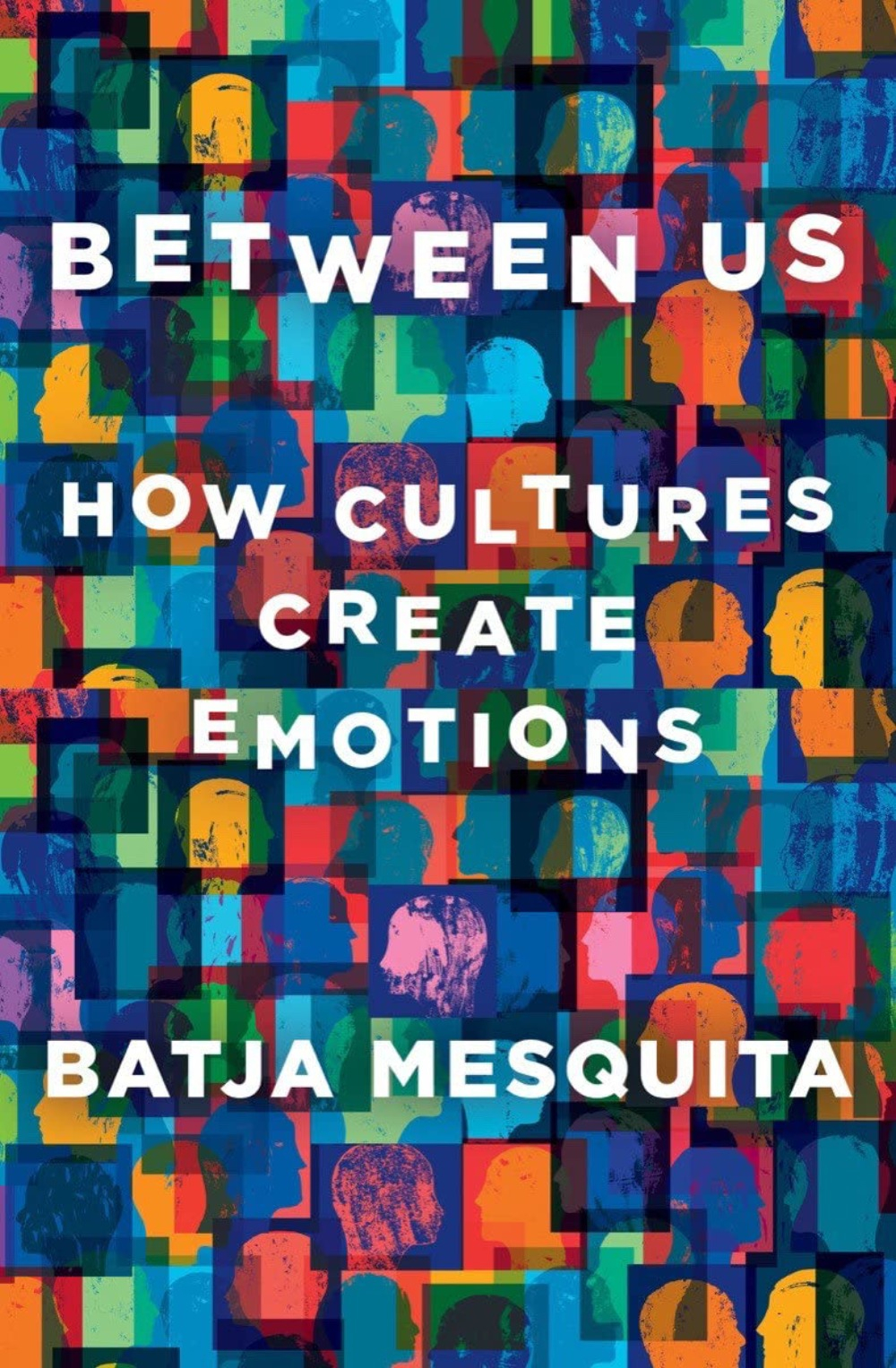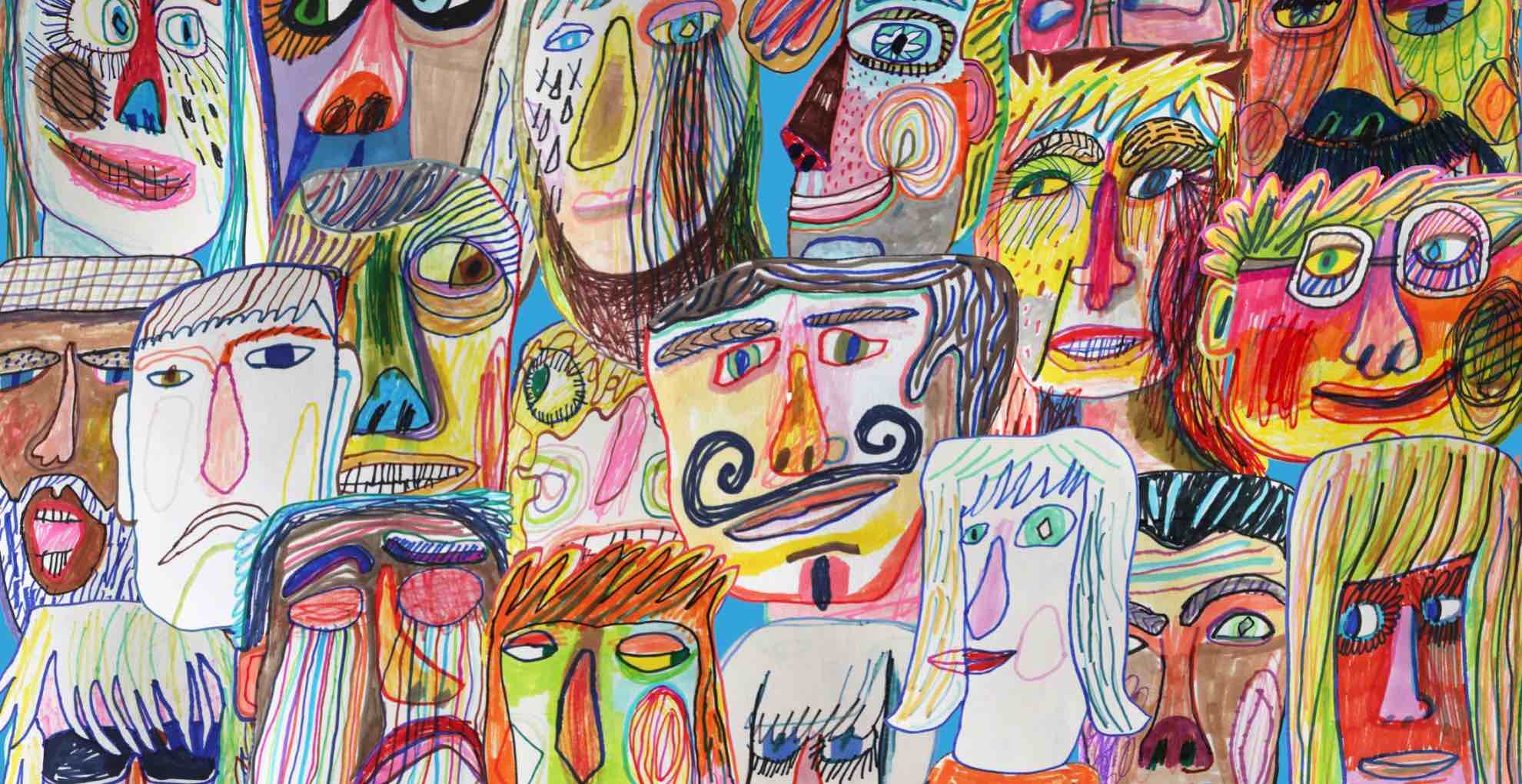When the Australian anthropologist Christine Dureau traveled to the Solomon Islands for research, she brought her toddler along, at first imagining that the universal experience of maternal love would help her relate to the Simbo women living in this foreign culture. But it soon became clear that maternal love for an Australian was different than maternal love for a Simbo woman: She learned that maternal taru, the Simbo word for love, could often be tinged with sadness. Dureau confronted this difference head-on when her daughter fell sick and a Simbo woman named Liza tried to provide comfort by relating a story about her own young son dying of measles.
For many years, psychologists and other scientists believed that deep down, all of humankind experienced the same set of evolutionarily hard-wired emotions. Under this schema, anger, for example, was a concrete, immutable experience that happens deep inside all human beings, the same for a White American sipping coffee in Manhattan as for native Siberian herding reindeer. When Batja Mesquita, a key figure in the development of the field of cultural psychology, started researching emotion more than 30 years ago, she was confident that this model was correct. But Mesquita, who is today a distinguished professor at the University of Leuven in Belgium, has come to view emotions through a completely different lens. In her new book, “Between Us: How Cultures Create Emotions,” Mesquita makes a provocative argument that when it comes to emotions, we are not all the same. “Are other people angry, happy, and scared, just like you?” she queries. “And are your feelings just like theirs? I do not think so.”

BOOK REVIEW — “Between Us: How Cultures Create Emotions,” by Batja Mesquita (W.W. Norton; 304 pages).
Visual: W.W. Norton
Mesquita’s book hinges on a key distinction between what she calls “MINE” emotions and “OURS” emotions. For too long, she posits, cultural psychology has relied on an intrinsically Western and individualist model of emotions: the MINE, or “Mental, INside the person, and Essentialist,” model. This framework relies on the idea that the most important part of an emotional experience takes place inside the individual. But, says Mesquita, most non-Western cultures conceive of emotions as OURS: “OUtside the person, Relational and Situated.”
For Mesquita, the OURS model, which invites us to look “outward, rather than inward” when it comes to emotion, is a more appropriate schema than the long-vaunted MINE model. She maintains that we must let go of our belief that emotions happen mainly inside a person, and instead look to emotions as culturally constructed experiences that happen between people, vary between cultures, and look different depending on cultural and social context.
Mesquita comes to this view from personal experience. She is the child of Dutch Holocaust survivors, and her parents’ experiences hovered over her relationship with them, making it difficult for her to understand their emotional reactions, shaped as they were by the shadows of horrors that had occurred before Mesquita was even born. Later in life, Mesquita moved from the Netherlands to Michigan, and repeatedly found herself in social situations where her Dutch brusqueness clashed with American affability, or where American politeness offended her sense of what makes for a close friendship.
To show that these cultural clashes are not simply the window-dressing on static emotions that are the same deep-down worldwide, Mesquita turns to a series of anecdotes and studies that demonstrate how from birth, children who belong to a particular culture are socialized by their parents to view certain emotions and emotional responses as important and valuable; in other words, she says, “emotions help us become part of our culture.”
When she was raising their child, Oliver, in America, they cultivated a sense of pride in him, praising him for his accomplishments and thus priming him to thrive in an individualist society that values personal achievement. She contrasts Oliver with an anthropologist’s tale of Didi, a Taiwanese toddler whose mother inculcated a sense of shame in him after he tried to touch the researcher’s camcorder. Shame, Mesquita says, is valued in Taiwan, because it prepares a child to thrive as an adult in a propriety-oriented culture. She notes that pride is not intrinsically a right emotion, whereas shame is not intrinsically a wrong one; in these examples, each parent did the right thing by priming their child to thrive as an adult in their own cultural context.
Similarly, she unpacks how anger, shame, love, and happiness hold different values based on the culture in which they are being expressed: Research shows that contemporary White Americans, for example, tend to prize excited, energetic happiness and the kind of love that anoints an individual as worthy, whereas some other, more collective cultures prize calm, peaceful happiness and view passionate love as tinged with sadness.
Not only do different emotions hold different weight based on culture and context, but linguistic variations between cultures also shape emotion experiences. A bias towards English, and the emotion concepts that are named in English, has led researchers to view Western emotions as universal. Mesquita cites an example of a 2019 study published in the journal Science that tried to group different emotions across cultures into 24 English concepts. But, as Mesquita points out, different languages have words for completely different emotional concepts that don’t map one-to-one onto English. The Dutch have “gezellig,” a feeling that refers to coziness inside a warm place with friends in the winter; the Egyptian Bedouins have “hasham,” an emotion mainly defined the possibility of social humiliation; the Japanese have “amae,” which describes the dependence inherent in a child’s bond with their mother.
In Mesquita’s view, it is not the case that every person on the planet is born with the capacity to feel a static set of emotions at birth, all of which are recognized by and named in English. Instead, she argues, when we grow up in a culture we are each delivered context-specific emotion words, which “come with the emotional episodes from your culture’s collective memory as well as collective insights about those emotions.”
As an American reader who has only lived in Western cultures, I sometimes found myself chafing against Mesquita’s ideas while reading her book. How can we be sure, I wondered, that beneath all these cultural trappings, we are not experiencing the same feelings deep inside us?
But at the end of the day, maybe it doesn’t matter whether all emotions are rooted in similar “rudimentary scenarios,” as Mesquita calls them — because her book makes it undeniably clear that no matter what’s going on inside, there are enormous variances in emotional landscapes across cultures, and understanding those variances is essential not just for scientific reasons but also for political ones.
Mesquita devotes her last chapters to the difficulties faced by immigrants acclimatizing to the emotional landscape of their new culture: learning to waltz instead of tango, as she puts it. Studies show that not until the third generation are an immigrant family’s emotional landscapes indistinguishable from the majority culture’s. And even within a culture, individuals have different attitudes toward emotions — and their emotions are coded differently — based on their gender, race, or social class. Earlier in the book, she points out that female anger, and Black anger, are coded quite differently in the United States than the anger of a White man.
Ultimately, Mesquita’s book presents a powerful and stirring argument for viewing emotions and emotional episodes holistically. It’s a call to action that will make our schools, businesses, and justice systems more equitable. Empathy, that much-lauded concept, is not enough. Mesquita argues that we must move past empathy, which entails imagining that we can project our own experiences onto someone else, and instead learn to compassionately ask questions and understand what a person’s emotional response means to them based on their cultural background.
Understanding across cultural, social, and political lines can happen, she says, when “you realize that their dance is a different one than you are used to doing in your social environment.’’
Emily Cataneo is a writer and journalist from New England whose work has appeared in Slate, NPR, the Baffler, and Atlas Obscura, among other publications.











Comments are automatically closed one year after article publication. Archived comments are below.
Of course humans have the same emotional responses. Logic, sanity and sensible science would say that. How culture affects the expression and experience of emotions is a different matter as we have long known, i.e. men repressing tears because to cry is not manly.
I cannot help but read this article and think that the standards within the realms of the social sciences are at about Primary School level. The mere fact that, a professional, like Christine Dureau thought taking her child was appropriate and of benefit because of some soap opera emotional link makes it very clear that we have romantic novices at work, in essence, children trying to understand adults.
It’s an unfortunate tradition in the social sciences that anecdotal experiences of researchers take the place of actual research that begins with operational definitions, proceeds to careful data gathering and analysis, and ends in reliable and replicable results. What Mesquita offers here is her idiosyncratic impressions of cultural differences that undoubtedly tell us more about her own emotional responses than that of her research subjects. And so conveniently relevant to topical concerns is her conclusion about the difference in emotions between Black females and White males. More science and less progressive posturing, please.
Well said, like anything which is or likes to think it is science, the same disease is at work – modelling. Trying to fit the glorious and often terrible wonder of human nature into mechanical systems.
No model, OURS or MINE will ever come remotely close to reality. One despairs at the robot-like machinations which are devouring the areas of science which cannot be mechanised – those which relate to humans and the natural world.